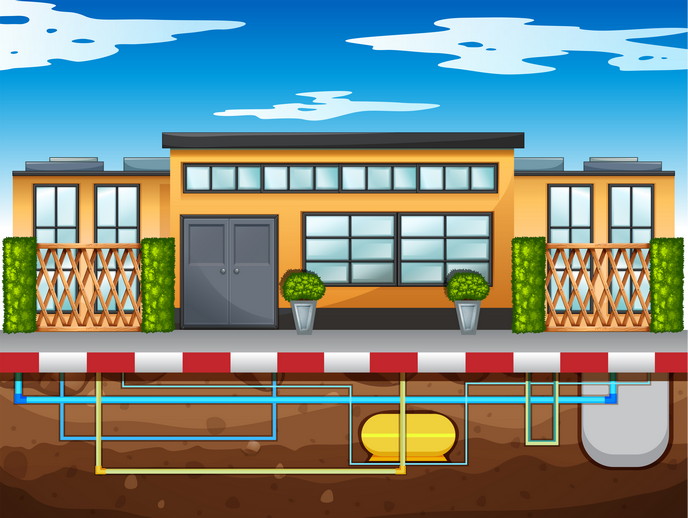How to explore inaccessible places by swarms of sensors
Since the dawn of humankind, exploration of certain places, ranging from the depths of the oceans to the edges of the universe, has led to numerous discoveries. However, there are also several environments that need to be examined but can’t be directly observed, like chemical or nuclear reactors, underground water or oil distribution pipes, space and inside of the body. The EU-funded Phoenix project has been addressing this challenge by developing a new line of technology that will offer the opportunity to get to unreachable places. Imagine a scene where tiny sensors can move with the flow of liquid to explore a person’s digestive tract or examine the quality of water pipes to predict and prevent leakages and losses. It may sound like sci-fi fantasy, but this is the vision of Phoenix, which is one step closer to creating versatile physical agents that will optimally explore unknown environments. Thanks to their ability to evolve with self-organising, self-adapting features, these tiny wireless sensor nodes will optimise the quantity and quality of information about locations that nobody can reach. Swarm of motes The project partners ran an initial trial last year using ping-pong ball-sized plastic motes filled with microsensors. Each of these balls can gather specific information and give an overall picture by communicating with each other and forming networks. For example, the partners hope that in the future a swarm of these motes will be able to detect issues like obstructions or faults in underground pipes. The motes as physical agents explore the unknown environment to gather information. This information is used to build a virtual model of the environment in question. A news item on the journalistic platform ‘Innovation Origins’ explains the process: “The combined data is then fed into a second, centralised and less constrained mainframe system that applies sophisticated artificial intelligence approaches on virtual agents in a virtual world. Its learnings and ‘wisdom’ can then be used to reprogram the reflexes and instincts of the sensors, thereby improving their accuracy or relevance in an evolutionary manner.” These evolved instincts are translated into hardware and the sensors go through the system again to improve the observations and models for the mainframe. The process is repeated several times to better analyse the unknown environment under investigation. An opinion piece on the European Commission website refers to the “co-evolution” concept where “the sensor swarms and the model of the inaccessible place are simultaneously optimized through evolutionary processes that ultimately result in highly optimized sensor swarms and highly accurate models.” Now in its final year, the Phoenix (Exploring the Unknown through Reincarnation and Co-evolution) project was launched in 2015 to explore unreachable environments with physical agents that are very restricted in size and resources, and that can function without direct control over software and hardware. For more information, please see: Phoenix project website
Countries
Netherlands



